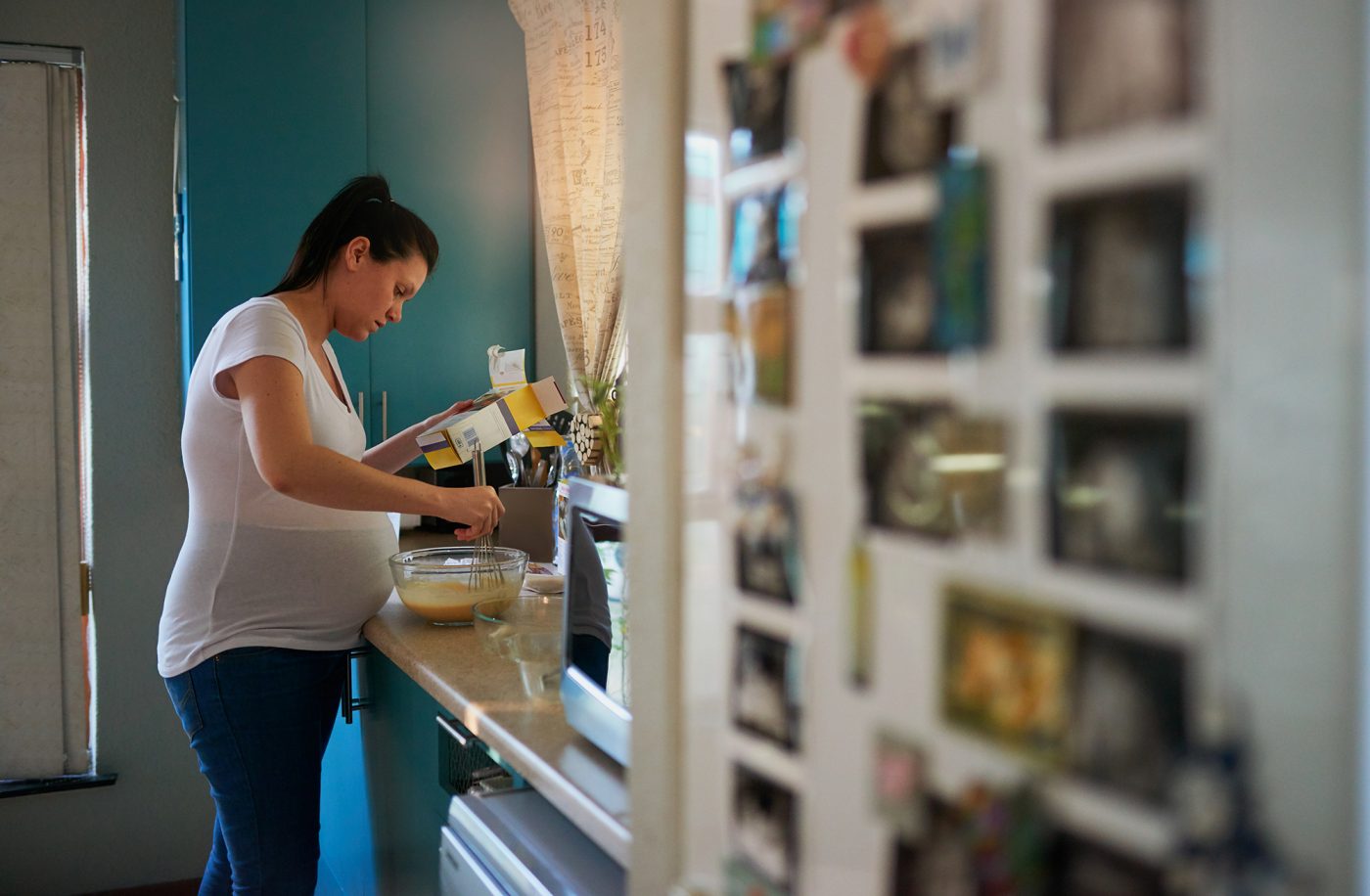Creating the perfect packaging design is much like baking a cake. Before you assemble layers and add your icing, you must first bring together the various ingredients for mixing. In the sense of packaging design, your ingredients include determining product specifications, identifying shelf space, defining UPC and branding, and preparing your budget. Here are a few packaging starters to think about before you design.
Get the Specs
Your package design must respect the product’s dimensions and weight. If it doesn’t, you’re likely to end up with structural integrity issues or excess materials. Essential measurements include height, width, depth and total product weight. Don’t forget to factor in any protective packing, inserts and secondary layers as well.
Fit to Print
Another motive for measuring the size of your product right away is to ensure you have enough space to convey necessary messaging. Your brand is essential to building a relationship with the consumer but UPCs, barcodes, and other vital information like nutrition facts need to fit too. Create a checklist of “must have” information to make sure you’ve included everything that you want and is required.
Make Room
The American retail environment loves selection and lots of it. Just visit any toothpaste aisle. This makes shelf space a major consideration when fabricating product packaging. It’s important to consider how your product will be displayed. Will it appear vertically or horizontally? Is shelf space limited requiring a slim profile and therefore little room for branding?
Budget Prep
No one likes to think about money but planning ahead saves you many headaches in the long term. There are two types of costs to consider. Upfront costs include artwork and designer fees, mockups, dies and printer set ups. Per unit costs are ongoing expenses that will pay off during production like printing, assembly labor and shipping. It’s important to remember that a beautiful package design is great but if the costs outweigh the profits your hard work is all for nothing.
Put a Brand on It
Once you’ve begun gathering the essential information you’ll need, you’re ready to get started on the creative part your packaging design. If you don’t already have a set of branding guidelines, now is a good time to put one together. These simple rules of how your brand story should be communicated saves time and money when it comes to dealing with multiple creative teams.
Packaging design has a sweet reward at the end just like baking a cake. If you need a little help in the branded box creation kitchen, let B&B Print Source lend you a hand and show off their packaging expertise.

